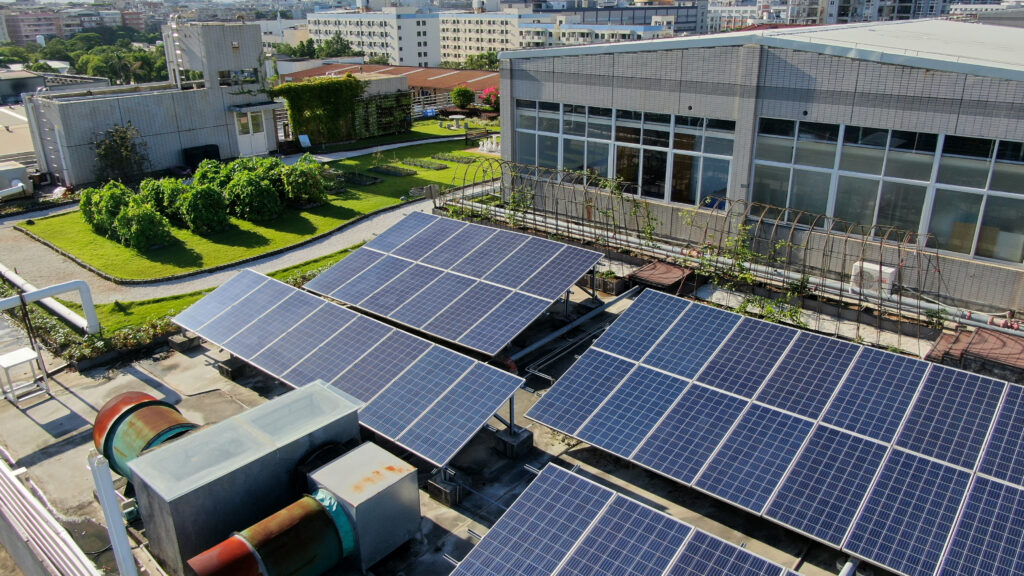BERDO & BEUDO Compliance: What You Need to Know – and What You May Not Have Considered

Boston and Cambridge are following the path laid by New York City’s landmark Local Law 84. In recent years, both Massachusetts cities passed legislation to require mandatory energy and water reporting for large buildings within their jurisdictions. You may think you know the details…but you might not have considered all the consequences.
Boston’s Building Energy Reporting Disclosure Ordinance (BERDO) and Cambridge’s Building Energy Use Disclosure Ordinance (BEUDO) mandate that large campuses and buildings disclose their energy and water use to their respective city, and that information is then published for public viewing. Each city can impose fines if property owners are non-compliant. Boston also requires each property to implement an “energy action” each five years, which might take the form of an energy audit or a building certification of energy efficiency. This energy action is ultimately intended to drive engagement and awareness of energy and water consumption, and to drive progress to achieve Boston’s emissions reduction goals.
These two ordinances, as well as similar laws in effect or development throughout the country, are driving the need for energy management with a measured approach. Building owners and operators who are motivated to reduce emissions and energy consumption to demonstrate compliance can sometimes make questionable choices with devastating impacts. In the 1970s and 1980s, the energy crisis in the U.S. led building managers to tighten their buildings, reduce their fresh air intake, and (hopefully) save some money on their then-exorbitant energy bills. Unfortunately, their cost saving efforts did not always yield the best results in overall building performance, and in the worst cases, these buildings developed harmful indoor environments and spawned the phrase “Sick Building Syndrome.” Needless to say, motivation to save energy is not enough; it takes a holistic, experienced approach to optimize building performance and still reduce emissions, energy and water use.
Hidden Costs and Consequences
Adjusting Building Air Systems. More than 40 percent of a building’s energy costs and greenhouse gas (GHG) emissions come from the heating, ventilation, and air conditioning (HVAC) systems. The HVAC system is a natural place for building managers to start their conservation efforts. However, changes to ventilation rates, temperature setpoints, equipment schedules, and equipment operating schemes can have unintended consequences. Improperly designed or incorrectly implemented changes to these systems can lead to reduced occupant comfort and satisfaction, lower productivity, increased staff / lessee turnover, increased sick time (more re-circulation of contaminants and germs) and an adverse “hit” to ownership’s reputation. An expert in indoor environmental quality (IEQ) and building systems can help you design and deploy optimized changes which won’t compromise your building’s performance and help guard against these adverse outcomes.
Occupied Mode. A common approach to saving energy and water is to turn something off, especially when the area served is unoccupied. It’s important, however, to understand the consequences of this action. Hotels, for instance, are very concerned with their guest experience. Many energy management tools for hospitality turn lights and HVAC systems off when rooms are unoccupied, but if a guest enters their new room or returns to their room at the end of the day to find it uncomfortably hot or cold, this scenario can lead to an unhappy guest or, moving forward, a disabled energy management system. This scenario is even more dire in healthcare. If a treatment space is set to unoccupied mode and the space temperature, humidity, or pressurization are not suitable to conduct a given medical procedure for an urgent, off-hours need, then that energy-saving measure will soon be disabled since the patient needs are paramount. What can be done to save energy in these scenarios? A well-designed strategy and a thoughtful control that anticipates the need to override the “unoccupied” mode and respond quickly to changes in status is more likely to be kept enabled and saving energy.
Occupancy versus Vacancy. Occupancy sensors for lighting and other building systems are not new. In fact, lighting occupancy sensors are mandated by many states’ energy codes in certain applications. While replacing a manual switch for lighting or equipment with a sensor that only turns the equipment ‘on’ when it detects someone nearby seems like a good energy-saving strategy, this is not always the case. There are a number of applications where occupancy-sensing control can actually increase energy consumption. Lights in spaces with ambient light from windows or hallways are often not manually switched ‘on’ during sunny days or when the janitorial staff empties the trash. In those cases, occupancy sensors would turn the lights ‘on’ and keep them on for several minutes. Poorly positioned sensors can also increase on-time from passersby or activity in an adjacent space. If your building has a conscientious population of users that typically turn the lights ‘off’ when leaving a space, then implementation of occupancy sensors can actually increase on-time and energy use of those fixtures. Instead, consider installing occupancy sensors that can also operate in “vacancy” mode, where the sensor requires a manual push to turn ‘on’ and then can be turned ‘off’ manually or automatically. This simple change can avoid those applications where a sensing device that’s intended to reduce energy consumption actually increases it.
Energy Saving Appliances. Many consumers rely upon ENERGYSTAR to certify energy-efficient appliances and consumer electronics, and trust that the logo means they are saving energy. However, it’s important to understand how ENERGYSTAR tests its products and what it requires from its certified devices. ENERGYSTAR generally requires that the certified product starts up in energy-saving mode to induce users to default to efficient operation. However, the performance of that mode may not always meet the use requirements of the end user. For example, some efficient TVs may have poor color rendering in the default energy-saving mode that might drive end-users to exit the energy saving mode. If you are planning to purchase a number of projectors, conference room TVs, or tenant-unit air conditioners for your property, it’s important to understand if those devices will be operated in energy-saving mode. You might end up paying a premium for the equipment and expecting energy savings that never materializes. Selecting the right product can help you target your energy savings dollars most effectively.
This list is just the start of changes that, while made with the best of intentions, may have significant costs and consequences for your building or your organization – all without delivering the energy conservation that you (and BERDO or BEUDO) started out to achieve. Rather than making choices that might not serve your building well in the long-term, take the time to find knowledgeable experts that will take an efficient approach and drive successful implementation. Your organization needs solutions that will save water, energy and money, reduce emissions, and still ensure the building and systems performance that occupants expect.
For expert guidance on effective and safe energy reduction strategies for your facility, contact us today!
Subscribe
to our blog
"*" indicates required fields





